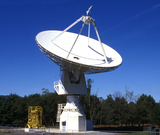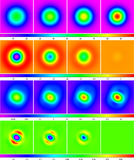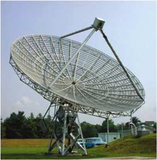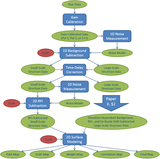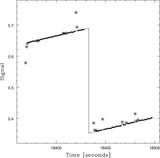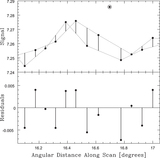Image Details
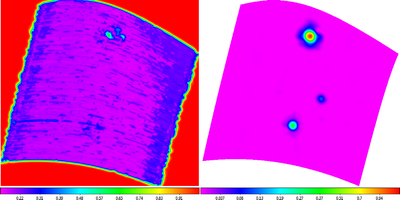
Caption: Figure 50.
Left: the weighting scale map from the top-right panel of Figure 49, but instead processed after converting to Galactic coordinates. Right: the corresponding final image, also processed in Galactic coordinates, after imposing a minimum weighting scale of 2/3 beamwidths, so that it can be compared to the left panel of Figure 38. In Figure 38, we process the same data, but in its original, equatorial coordinate system. Furthermore, this field is at high Galactic latitude, and consequently serves as a good example of the equal-area and equal-distance properties of our sinusoidal projection (see below). Equal area means that sources cover the same number of pixels, and consequently should yield approximately the same photometry (see Section 4): the three sources in this map yield the same photometry as in the left panel of Figure 38 to within 3%, despite the greater (diagonal) distortion that these sources can experience at high Galactic latitudes. Equal distance refers to distances along horizontal lines, as well as along the central vertical axis, being distortion-free.
Copyright and Terms & Conditions
© 2019. The American Astronomical Society. All rights reserved.


